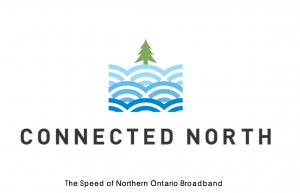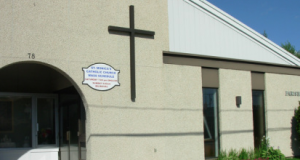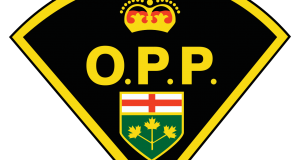 Many residents throughout rural Canada have limited access to affordable high-speed internet. It has never been so evident as during the COVID- 19 crisis. The Speed of Northern Ontario Broadband Report allows people to view what speed test results are shown by community.
Many residents throughout rural Canada have limited access to affordable high-speed internet. It has never been so evident as during the COVID- 19 crisis. The Speed of Northern Ontario Broadband Report allows people to view what speed test results are shown by community.
Blue Sky Net, a company based out of North Bay dedicated to facilitating the deployment of Broadband technologies in rural northern communities, led a partnership with FedNor, the Sault Ste Marie Innovation Centre and other Information Communication Technology Networks (ICTN’s) and area Telecommunication Service Providers (TPS’s) to create a visual database of all coverage in Northern Ontario.
Blue Sky Net created mapping as part of their ongoing technology development initiatives and one of the many features of the public portal includes a high-speed service availability checker (Connected North<http://www.connectednorth.ca/>). Visitors can view where internet is, where it isn’t and what speeds it is delivered at. They can also search their street address to see what TSP delivers connectivity to their cottage, home or office. Additionally, over the last five years, Connected North collected speed test data retrieved from that portal. Recently, Blue Sky Net partnered with Canadian Internet Registration Authority’s Internet Performance Test, to collect the most detailed information related to Northern Ontario’s internet speeds.
Susan Church, Executive Director of Blue Sky Economic Growth Corporation explains that “when you take this test, users are helping to support applications to funding agencies such as the CRTC, the Universal Broadband Fund and the Provincial Broadband Fund. We use the information about speeds at the property level to show the need and the impact improved Broadband Infrastructure will have.”
The Sault Ste Marie Innovation Centre is sharing this report to show the collective data from those historical speed tests. Findings from the report show the disparity between urban and rural connections and that the overall average of test results are below Federal Government objectives.
Key findings show that 4,330 speed tests were run in Northern Ontario over the last five years. The average download speed was just under 9 Mbps and upload is 5 Mbps. When tests run from within the major urban communities were removed from the sample, the average speeds dropped to 7.2/3 Mbps. Urban community internet speeds averages are 21.88/20.29 Mbps.
Not all internet services are created equal! “Fibre is heads and tails the fastest, but only available to the largest population centres,” explains Church, “this is mainly because the investment needed to install and operate internet infrastructure is expensive, and there is uncertainty with telecommunication providers’ ability to return that investment.”
Viewers of the report are urged to continue taking speed tests at their locations by visiting https://www.ic.gc.ca/eic/site/139.nsf/eng/home. Results of these tests will go directly to the government department of Industry Canada where speed test data is analyzed for use with funding programs.
The interactive report and a downloadable pdf. are available here:
http://www.connectednorth.ca/speed-test-report
- Friday Morning News – April 26 - April 26, 2024
- Significant Rainfall expected this weekend - April 26, 2024
- Thursday Morning News – April 25th - April 25, 2024
 Wawa-news.com You can't hear the 'big picture'!
Wawa-news.com You can't hear the 'big picture'!


